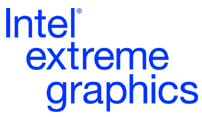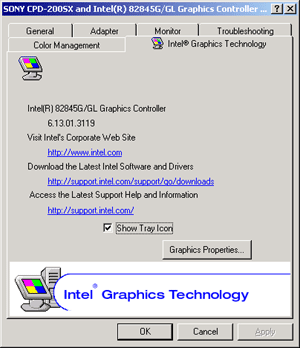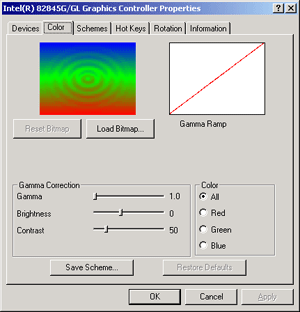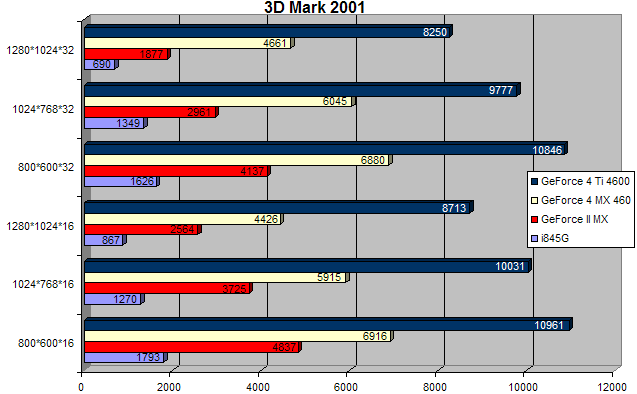
 |

|
| ActiveWin: Reviews | Active Network | New Reviews | Old Reviews | Interviews |Mailing List | Forums |
|
|
|
|
|
DirectX |
|
ActiveMac |
|
Downloads |
|
Forums |
|
Interviews |
|
News |
|
MS Games & Hardware |
|
Reviews |
|
Support Center |
|
Windows 2000 |
|
Windows Me |
|
Windows Server 2003 |
|
Windows Vista |
|
Windows XP |
|
|
|
|
|
|
|
News Centers |
|
Windows/Microsoft |
|
DVD |
|
Apple/Mac |
|
Xbox |
|
News Search |
|
|
|
|
|
|
|
ActiveXBox |
|
Xbox News |
|
Box Shots |
|
Inside The Xbox |
|
Released Titles |
|
Announced Titles |
|
Screenshots/Videos |
|
History Of The Xbox |
|
Links |
|
Forum |
|
FAQ |
|
|
|
|
|
|
|
Windows XP |
|
Introduction |
|
System Requirements |
|
Home Features |
|
Pro Features |
|
Upgrade Checklists |
|
History |
|
FAQ |
|
Links |
|
TopTechTips |
|
|
|
|
|
|
|
FAQ's |
|
Windows Vista |
|
Windows 98/98 SE |
|
Windows 2000 |
|
Windows Me |
|
Windows Server 2002 |
|
Windows "Whistler" XP |
|
Windows CE |
|
Internet Explorer 6 |
|
Internet Explorer 5 |
|
Xbox |
|
Xbox 360 |
|
DirectX |
|
DVD's |
|
|
|
|
|
|
|
TopTechTips |
|
Registry Tips |
|
Windows 95/98 |
|
Windows 2000 |
|
Internet Explorer 5 |
|
Program Tips |
|
Easter Eggs |
|
Hardware |
|
DVD |
|
|
|
|
|
|
|
ActiveDVD |
|
DVD News |
|
DVD Forum |
|
Glossary |
|
Tips |
|
Articles |
|
Reviews |
|
News Archive |
|
Links |
|
Drivers |
|
|
|
|
|
|
|
Latest Reviews |
|
Xbox/Games |
|
Fallout 3 |
|
|
|
Applications |
|
Windows Server 2008 R2 |
|
Windows 7 |
|
|
|
Hardware |
|
iPod Touch 32GB |
|
|
|
|
|
|
|
Latest Interviews |
|
Steve Ballmer |
|
Jim Allchin |
|
|
|
|
|
|
|
Site News/Info |
|
About This Site |
|
Affiliates |
|
Contact Us |
|
Default Home Page |
|
Link To Us |
|
Links |
|
News Archive |
|
Site Search |
|
Awards |
|
|
|
|
|
|
|
Credits |

|
Product: Celeron 1.8GHz & D845GBV Motherboard |
Intel Extreme Graphics
| Table Of Contents |
| 1:
Introduction 2: CPU Architecture 3: CPU Instructions & Design 4: Intel i845G Chipset 5: Intel Extreme Graphics 6: Intel D845GBV Motherboard 7: Onboard Audio 8: Synthetic Benchmarks 9: Games Benchmarks 10: Application Benchmarks 11: Conclusion |
 The i
The i
The rapid
pixel and texel rendering engine utilizes special pipelines that allow
The technology, Intel is the most proud of, is the Zone Rendering. This unique mechanism addresses memory bandwidth limitations by reducing the required bandwidth for graphics. To operate the Zone Rendering technology divides the frame buffer into a number of rectangular zones and then renders all of the pixels within a single zone before proceeding with the next zone. This process highly optimize the use of the render cache. This allows on-chip access for any individual zone to all of the significant color and depth information for a defined frame. That way, it eliminates the need for depth buffer reads and writes, as well as color buffer reads. All of these combined, reduce the maximum theoretical required graphics memory bandwidth. Another benefit of this technique, is that the fill rate isnít reduced: because pixels arenít overdrawn in the frame buffer, the fill rate required to draw any scene is equal to the number of pixels in the scene.
Since memory management is crucial to graphics performance, Intel has developed the Dynamic Video Memory Technology. This technology ensures the most efficient use of system memory allowing up to 64 MB of system memory to be shared between the OS, applications and graphics display. Basically the BIOS dedicated 8 MB of system memory for graphics display: when an intensive graphics application needs more the drivers will request increased memory to the OS. The OS will then grant the request (based on available system memory), and the memory is returned to the OS when the application no longer needs it.
The
Intelligent Memory Management Technology is another technique to reduce CPU
latency and allows longer in-page bursts. It consists of three key elements:
Tiled memory adressing capability, Deep display buffer implementation and
dynamic data management scheme. The memory addressing allows address
remapping in the hardware for all graphics surfaces including textures,
frame buffer, Z buffer, and video surfaces. Deep display buffers and
dedicated screen refreshes improve visual performance, while the dynamic
data management scheme manages burst size and page closing policies for
memory accesses. IMM also increases page coherency and improves memory
efficiency in texture loads,
Intel


Intel Graphics Drivers (click to enlarge)
During
our tests we were very pleased with the

We didn't resist benchmarking the i845G under 3D Mark 2001. The results are quite disapointing. If the integrated Intel graphics controller performs better than its predecessor the i815 it gives results that don't even match a GeForce II MX card. For instance a GeForce II MX is 170% faster than the i845G! The i845G performance are sufficient to run recent 3D games in basic resolutions, but you'll have to forget what anti-aliasing means and what high resolution means. It's clear that with such poor 3D graphics performance the i845G is dedicated to occasional gamers, only. Too bad.
